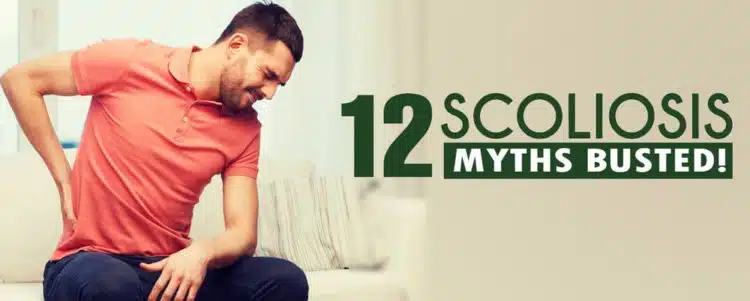

12 Scoliosis Myths Busted!
As an expert on scoliosis and scoliosis treatment, I encounter a number of myths and misconceptions on an almost daily basis.
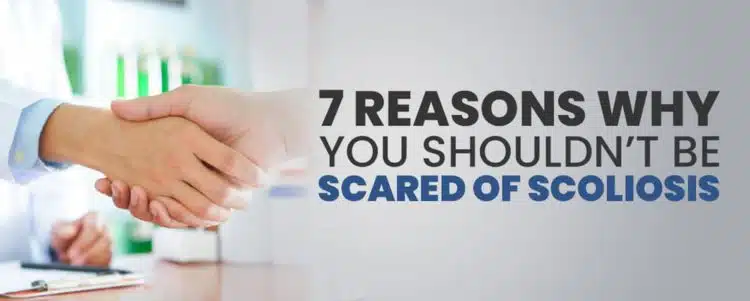

7 Reasons Why You Shouldn’t Be Scared of Scoliosis
Scoliosis fears are quite prevalent among those who have recently received their diagnosis, largely because the condition is so misunderstood.
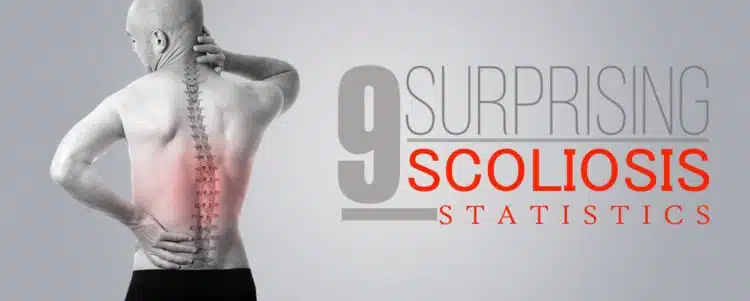

9 Surprising Scoliosis Statistics
Each individual is unique, and there are no two scoliosis cases that are exactly alike.
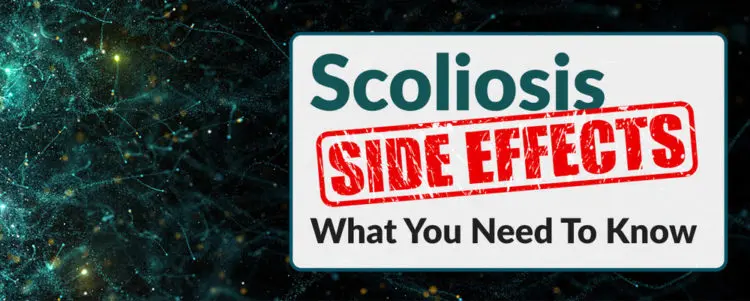

Scoliosis Side Effects: What You Need to Know
It is possible to reduce curvatures and improve function without going under the knife.


Back to School with Scoliosis — What Parents and their Children Need to Know
School is challenging for all adolescents, but those challenges are amplified considerably for those with scoliosis.


Scoliosis and Diet: 4 Foods to Add to Your Grocery List
For those who are faced with a scoliosis diagnosis, diet becomes an important factor for recovery, building strength, living with more energy and improving overall health and wellness.
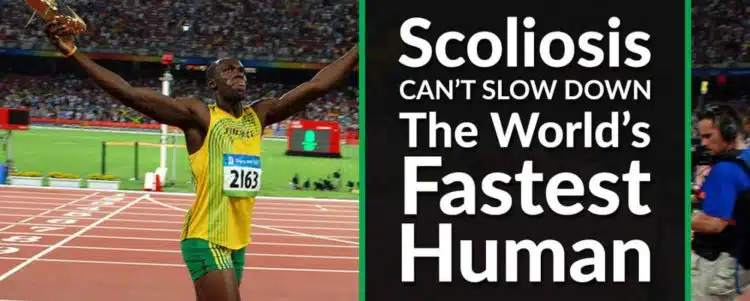

Usain Bolt Scoliosis Can’t Slow Down the World’s Fastest Human
Usain Bolt is the fastest man alive. But what’s most remarkable about Usain Bolt is the fact that he’s accomplished all of this with scoliosis.